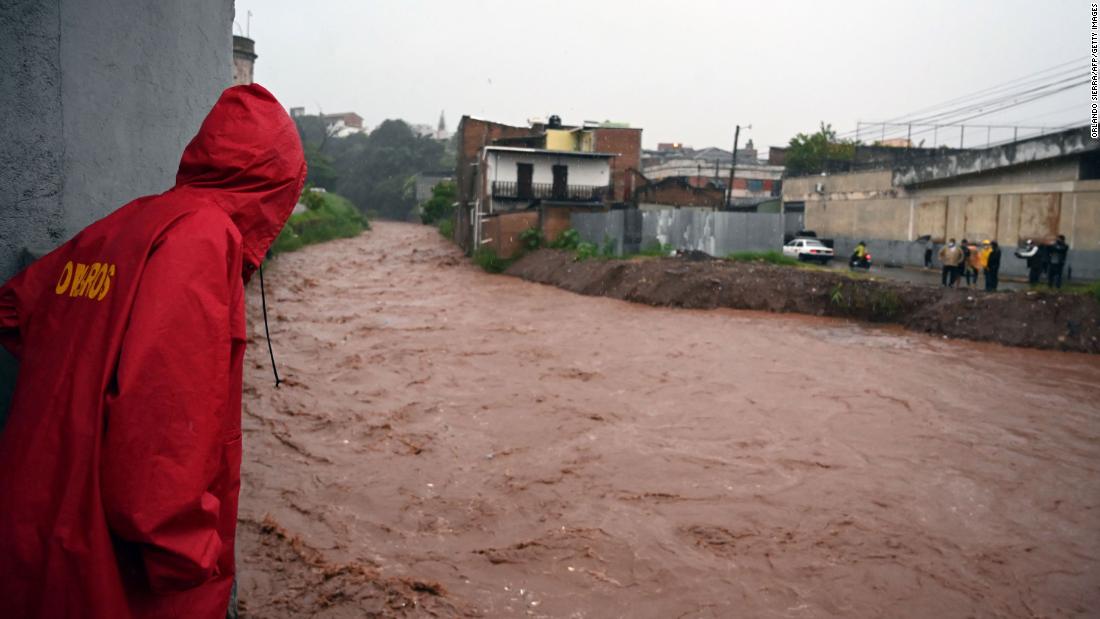The National System for Disaster Prevention and Attention (CINAPRED) announced Tuesday that 99.5% of real estate on Nicaragua’s Caribbean coast is without electricity. Nicaragua’s vice president, Rosario Murillo, said four adults and two minors had died in the country as a result of the Iota influences.
Despite declining wind speeds, Central America remains at risk of life-threatening flash floods, river floods and mudslides. But parts of the region are already dealing with the congested rivers flowing to turn roofs into streets and down electric poles.
40,000 people are affected
Even before it struck Iota, about 3.6 million people across Central America were affected by ETA, a storm that circled for days over Nicaragua, Honduras and Guatemala, as torrential rains triggered floods and landslides that wiped out entire communities.
Dozens of people in the remote Guatemalan village of San Cristobal are still missing after the landslide that swept last week, leaving mud 50 feet deep in some places.
More than 400,000 people in Nicaragua are now affected by the strongest storm to hit the country, Murillo said. The country’s government reported on national television on Tuesday that more than 62,000 people in the Central American country have been moved to 683 government shelters in the wake of the storm.
The storm caused torrential rains, with Honduras and large parts of Nicaragua, Guatemala and Belize expecting at least 10 inches and up to 30 inches through Thursday, while regions from El Salvador to Panama can expect 4 to 8, with an isolated maximum of 12 inches.
There is virtually no contact with the city of Beloy, also known as Puerto Cabezas, due to blackouts and falling electrical cables.
In several cities in Nicaragua’s Rivas region, a strip of land between Lake Nicaragua and the Pacific Ocean in the southwest, authorities are monitoring rivers and placing vulnerable families in shelters, the NHC reported.
The Colombian island of Providencia mourns the victims of the storm
At least two people have died and one is lost Colombian President Ivan Duque said on Tuesday in Providencia. One hundred and twelve people were evacuated from the island on Tuesday, six of them were seriously injured.
“We are pleased that thanks to our preparations and the measures that we have taken, the Providencia community has not been affected by a large number of fatalities,” Duque said. But we are sorry to lose two people.
Duque said the island’s infrastructure was completely destroyed. The priority now is to clear rubble from the island and establish emergency camps and field hospitals as quickly as possible.
Local mayor Jorge Norberto Gary Hooker has ordered a complete curfew starting Sunday evening, and set up 15 local shelters for residents to get in.
Duque said Monday that the islands of San Andres and Providencia, northwest of Colombia’s mainland, had felt the impact of a Category 5 hurricane for the first time in recorded history.
Stefano Posibon, Holly Silverman, Jane Norman and Robert Shackelford contributed to this report.

“Alcohol scholar. Twitter lover. Zombieaholic. Hipster-friendly coffee fanatic.”

